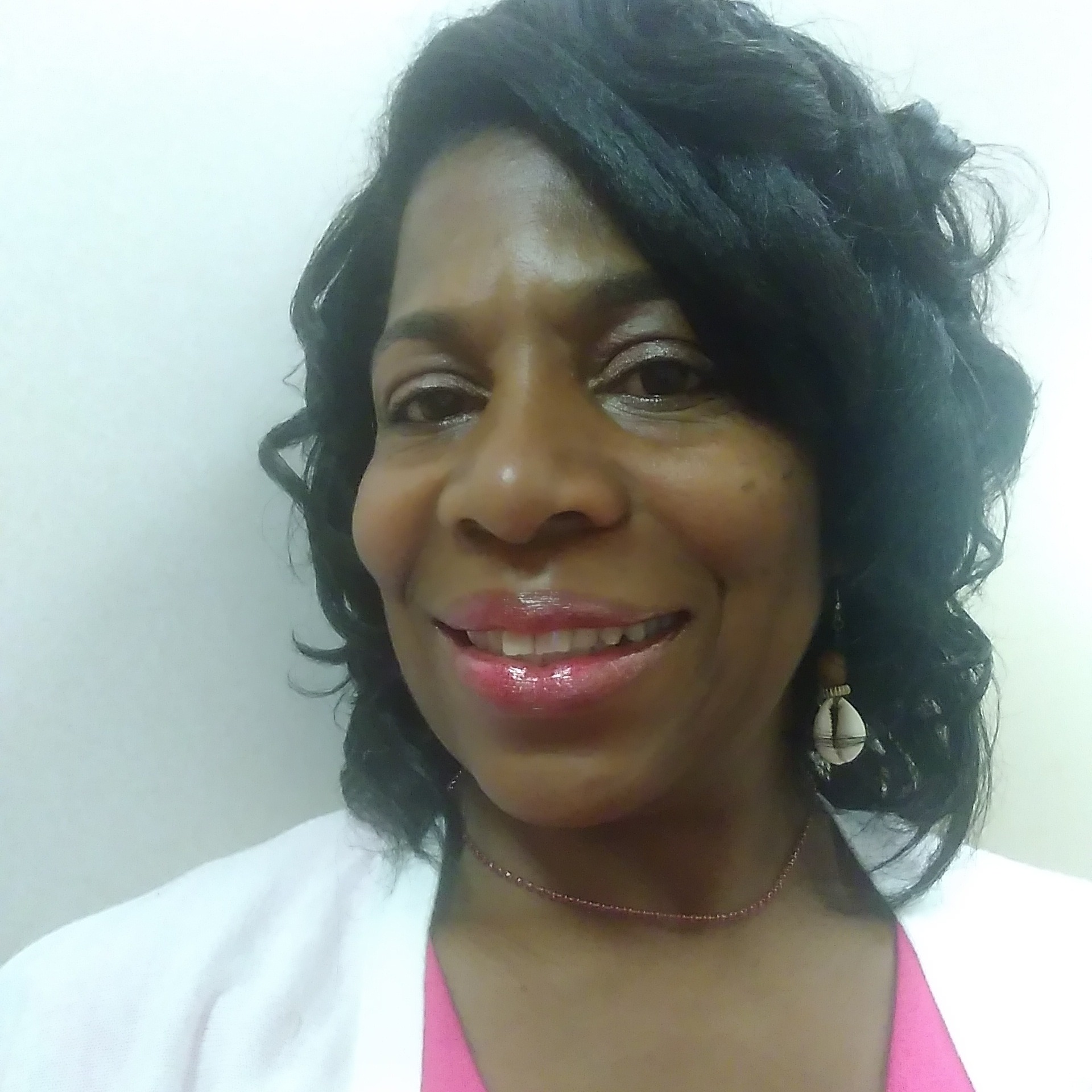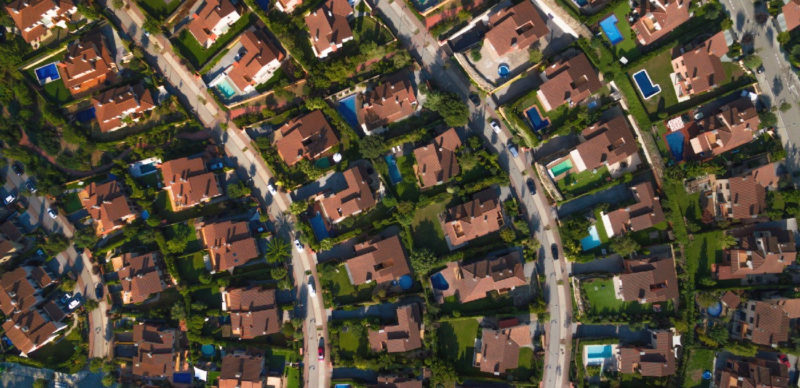Economy grew 2.4% last quarter, suggesting the U.S. is steering clear of recession
Faster economic growth this spring raises the prospect of a longer postpandemic expansion despite the Federal Reserve pushing interest rates to a two-decade high.
Gross domestic product grew at a seasonally- and inflation-adjusted 2.4% annual rate in the second quarter, the Commerce Department said Thursday. That was faster than economists expected and above the 2% growth in the first three months of the year.
Consumer spending cooled but rose enough to drive overall growth alongside much stronger business investment in the second quarter. Those factors combined to buck economists’ earlier expectations that a downturn would start in the middle of this year due to higher interest rates.
As inflation falls from historic highs and the labor market remains strong, solid growth adds to the prospect of a soft landing—in which inflation returns close to the Federal Reserve’s 2% target without a recession.

“We’ve turned the corner on the risk here, and instead of being heavily weighted to recession, it’s balanced between recession and not recession,” said Amy Crews Cutts, chief economist at AC Cutts & Associates, before the data was released.
U.S. stock indexes moved lower Thursday. The Dow Jones Industrial Average fell 237.40 points, or 0.67%. The broader S&P 500 Index declined 0.64% and the tech heavy NASDAQ Index fell 0.55%.
The Fed raised its benchmark interest rate on Wednesday by a quarter percentage point to a range between 5.25% and 5.5%, a 22-year high. Fed Chair Jerome Powell said any further increases would depend on whether inflation and economic activity were slowing in line with officials’ forecasts.
“We have to be ready to follow the data, and given how far we’ve come, we can afford to be a little patient, as well as resolute, as we let this unfold,” he said at a news conference.
The economy has expanded at better than a 2% pace over the past year, following a mild contraction in early 2022. Economic growth is roughly in line with the rate recorded in the decade before the pandemic took hold.
Consumer spending cools, still fuels growth
Consumer spending grew at an annual rate of 1.6% in the second quarter, down from 4.2% growth in the first quarter. Household outlays account for the bulk of economic activity and were responsible for nearly half of the total rise in GDP.
The slowdown largely reflected cooling purchases of big-ticket items after Americans snapped up vehicles at the start of the year as they flowed back onto dealership lots.
Cooler consumer spending in recent months also reflects lower gasoline prices, Visa Chief Financial Officer Vasant Prabhu said Tuesday. The average price of a gallon of regular gasoline is down about 60 cents from a year earlier, according to energy-data provider OPIS. Otherwise, spending has largely been consistent, Prabhu said.
Consumer spending “from affluent to low spend remained stable since March,” he said. “Our data did not indicate any behavior change across consumer segments.”
Americans are benefiting from a strong labor market in which wage gains recently surpassed cooling inflation. Initial claims, a proxy for layoffs, declined by 7,000 last week to a seasonally adjusted 221,000, the Labor Department said Thursday. That is a historically low level that essentially matches the 2019 average when the labor market was also strong.
Gus Ayala, a 73-year-old retired banker, is splurging on a few big purchases while trimming back on some everyday items. The El Mirage, Ariz., resident plans to buy a hybrid car later this year and will likely finance the vehicle, rather than pay in cash for it. He and his wife’s savings buffer is helping pay for his wife’s coming trip to Iceland.
“We want to go spend money on what benefits us and allows us to enjoy our life,” Ayala said.
Ayala changed some of his spending habits to cope with elevated inflation. He switched to a cheaper brand of coffee, Seattle’s Best, earlier this year after the cost of a 12-ounce bag of his preferred brand shot up to $12 from $9 last year. Ayala still needs his daily coffee fix, he said, while sipping his morning cup of joe.
Business investment jumped this spring
Business investment grew at an annual rate of 7.7% in the second quarter, up sharply from 0.6% in the first quarter.

Some long-term forces are helping boost investment despite higher interest rates. A surge in federal spending on chip-manufacturing plants and electric-vehicle factories is offsetting some other cutbacks.
Business spending on equipment bounced back in the second quarter, largely because of investments in aircraft and vehicles as supply-chain snarls unravel. As that process unwinds, equipment and machinery spending will likely weaken again, said Richard F. Moody, chief economist at Regions Financial, in a note.
Net trade slightly subtracted from second-quarter growth, reflecting a sluggish global economy. Residential investment declined for the ninth consecutive quarter. Recent declines in residential investment reflect housing-market strains amid higher mortgage rates.
Still, a long-running shortage of previously owned homes is helping support new construction. The worst of the housing-market downturn could be in the rearview mirror, meaning residential investment could grow in the coming months.
Worries of a slowdown remain
Whether consumers and businesses will spend at the same pace later this year isn’t clear.
High interest rates will persist, making borrowing for vehicles, appliances, factory machines and construction projects more expensive. In addition, student-loan repayments are set to resume later this year, another headwind for some consumers.
The chief financial officer at Unilever—maker of Ben & Jerry’s ice cream, Hellmann’s mayonnaise and Dove soap—said that consumers in North America are “starting to show signs of caution” as they spend off the excess savings built up during the pandemic.
“We still think there’s a possibility of a mild recession,” CFO Graeme Pitkethly said.
CertaPro Painters in the Aurora, Ill., area is receiving about 30% fewer customer requests for residential painting estimates than a year ago, said general manager Jesse Rodriguez.
The demand pullback comes after two years of pandemic disruptions. In 2021, the painting company couldn’t hire workers fast enough. Last year, the firm struggled with supply-chain snarls that limited the availability of paint.
“I was hoping ’23 was going to be a normal year, but it’s turned out not to be,” Rodriguez said.
With business slowing, the firm recently cut back on marketing expenses including direct-mail fliers to prospective clients, Rodriguez said.
Longer run outlook is upbeat
Many economists still expect economic growth to ease later this year and into 2024, but they are dialing back recession fears.
U.S. consumer confidence continued to improve in July, with many Americans expressing more optimism about the future, the Conference Board said this week. Consumers worried less about a recession.
Small businesses are also feeling better about the economy. In July, 37% of small businesses said they believe the economy will worsen in the next 12 months, the best recording since February 2022, according to Vistage Worldwide, a business-coaching and peer-advisory firm.
Economic growth in the U.S. and globally this year is likely to be stronger than previously estimated, the International Monetary Fund said Tuesday. The improved outlook reflects labor-market strength, strong spending on services such as tourism and diminished financial stability risks.
Soure: wsj.com













